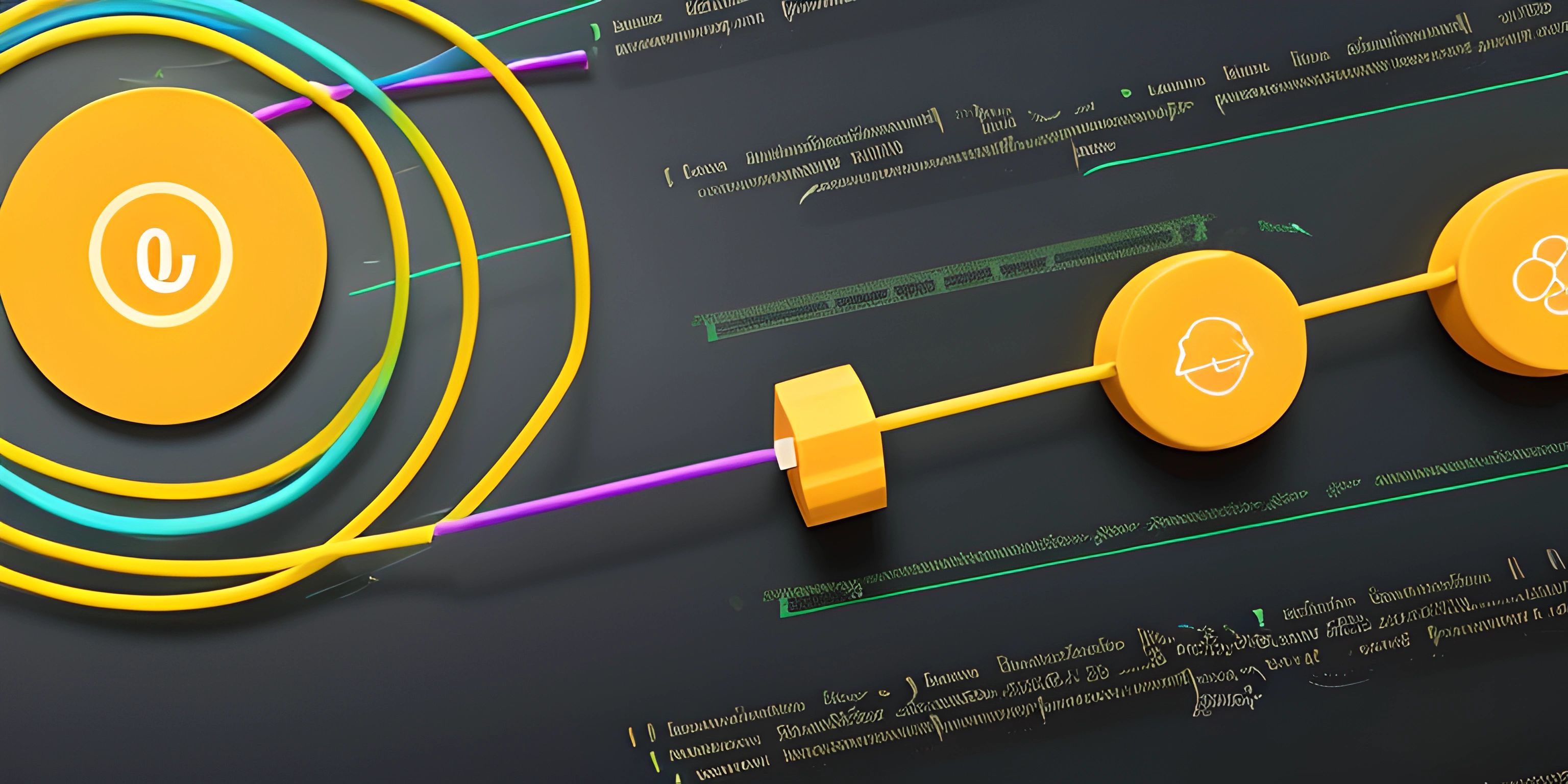Python Loops - For and While

Note: this page has been created with the use of AI. Please take caution, and note that the content of this page does not necessarily reflect the opinion of Cratecode.
Loops are one of the most essential and powerful concepts in programming. They allow us to execute a block of code multiple times, making it easy to work with large amounts of data and perform repetitive tasks. In Python, there are two main types of loops: for loops and while loops. Let's dive in and see how they work.
For Loops
A for loop in Python is used to iterate over a sequence, such as a list, tuple, or string. It allows you to execute a block of code for each item in the sequence. The general syntax for a for loop is:
for variable in sequence:
# Code to execute for each item in the sequenceHere's a simple example that iterates through a list of numbers and prints each one:
numbers = [1, 2, 3, 4, 5]
for num in numbers:
print(num)You can also use the range() function to generate a sequence of numbers for iteration. For example, to print numbers 0 through 9:
for i in range(10):
print(i)While Loops
A while loop in Python executes a block of code as long as a certain condition is True. The general syntax for a while loop is:
while condition:
# Code to execute while the condition is TrueHere's an example that prints numbers from 1 to 5 using a while loop:
count = 1
while count <= 5:
print(count)
count += 1In this example, the loop will continue to execute as long as the value of count is less than or equal to 5. After each iteration, count is incremented by 1.
Be careful with while loops, as it's possible to create an infinite loop if your condition never becomes False. Always ensure there's a way to break out of the loop.
Loop Control Statements
There are two loop control statements in Python that can alter the flow of loops: break and continue.
break: This statement is used to exit the loop prematurely, stopping any further iterations.continue: This statement is used to skip the rest of the current iteration and move on to the next one.
Here's an example that demonstrates the use of both break and continue:
for i in range(1, 11):
if i == 5:
continue
if i == 8:
break
print(i)In this example, the continue statement skips the number 5, and the break statement stops the loop when i reaches 8.
Now that you've got a good grasp of for and while loops in Python, you can start iterating through data and performing tasks more efficiently. Happy looping!
Hey there! Want to learn more? Cratecode is an online learning platform that lets you forge your own path. Click here to check out a lesson: Rust Syntax (psst, it's free!).
FAQ
What are the two main types of loops in Python?
The two main types of loops in Python are for loops and while loops. For loops are used to iterate over a sequence, while while loops execute a block of code as long as a certain condition is True.
How do I create a `for` loop in Python?
To create a for loop in Python, use the following syntax: for variable in sequence:, followed by an indented block of code to execute for each item in the sequence.
How do I create a `while` loop in Python?
To create a while loop in Python, use the following syntax: while condition:, followed by an indented block of code to execute while the condition is True.
What are loop control statements in Python?
Loop control statements in Python are break and continue. Break is used to exit the loop prematurely, while continue is used to skip the rest of the current iteration and move on to the next one.
How do I use the `range()` function with a `for` loop?
You can use the range() function to generate a sequence of numbers for iteration in a for loop. For example: for i in range(10): would create a loop that iterates through the numbers 0 to 9.





